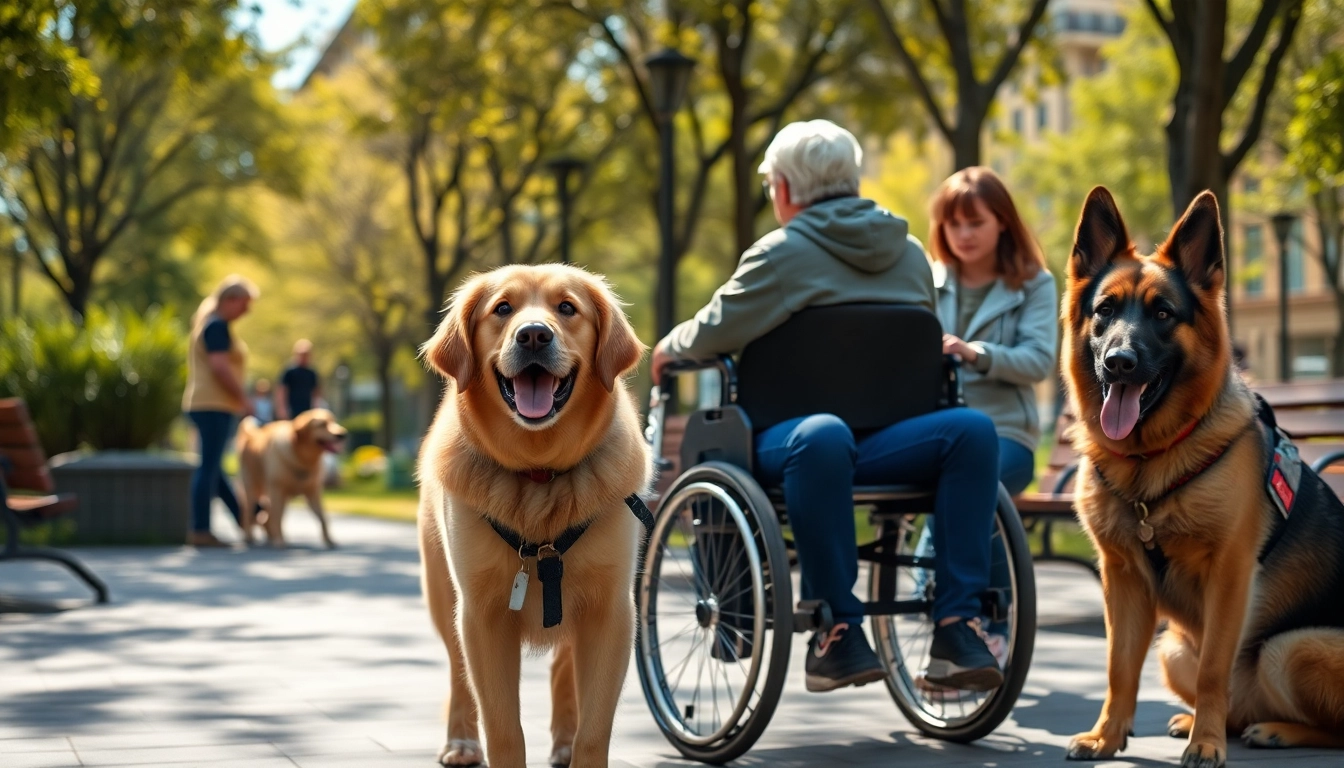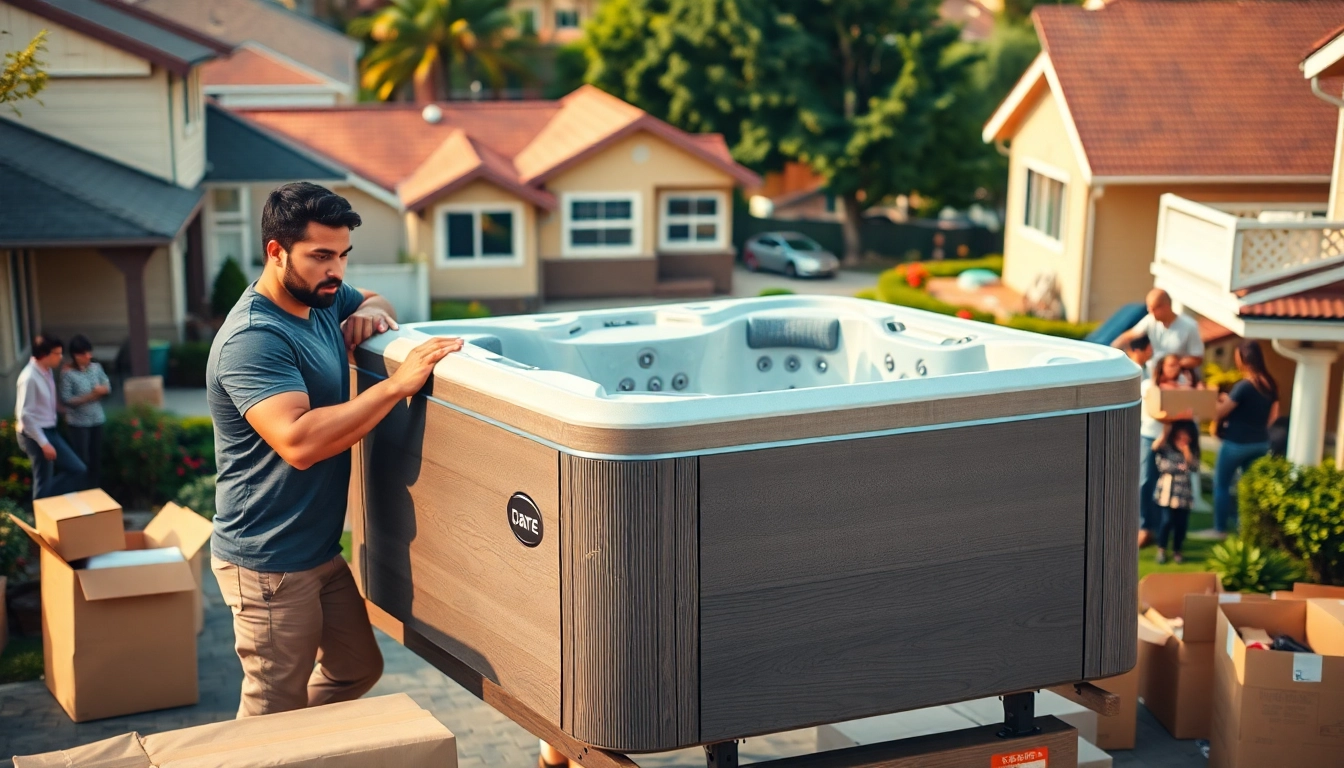
Understanding PTSD and the Role of Service Dogs
What is PTSD?
Post-Traumatic Stress Disorder (PTSD) is a mental health condition triggered by experiencing or witnessing a traumatic event. While often associated with military veterans, PTSD can affect anyone who has undergone significant trauma, such as survivors of assault, accidents, natural disasters, or any life-threatening incidents. Symptoms of PTSD include flashbacks, severe anxiety, irritability, emotional numbness, and difficulty concentrating, which can significantly impair daily functioning and quality of life.
How Service Dogs Assist with PTSD
Service dogs are specifically trained to assist individuals with disabilities, including those suffering from PTSD. These highly trained canines provide direct support by performing tasks that alleviate various symptoms associated with the disorder. They can help in grounding an individual during a panic attack, alerting them to anxiety before it escalates, and being a source of physical companionship that fosters a sense of security. Furthermore, the presence of a dog can deter feelings of loneliness and isolation often experienced by those with PTSD.
The Benefits of a PTSD Service Dog
Investing in a PTSD service dog can offer various emotional and physical benefits. These dogs are trained to assist with specific tasks that help manage PTSD symptoms, such as:
- Emotional Support: The mere presence of a dog can provide comfort and reduce anxiety levels.
- Interrupting Negative Thoughts: Service dogs can be trained to recognize when their handler is experiencing distress and intervene in specific ways to refocus their attention.
- Improved Social Interactions: Service dogs can serve as social facilitators, easing the stress of getting out in public and encouraging social engagement.
- Increased Independence: A service dog can help individuals feel safer, ultimately fostering a greater sense of independence.
Factors to Consider When Looking for a PTSD Service Dog for Sale
Assessing Your Needs and Lifestyle
Before searching for a PTSD service dog for sale, it is crucial to assess your individual needs and lifestyle. This involves understanding the specific symptoms of PTSD you experience and how a service dog can best help mitigate those symptoms. Some individuals may need a dog that can interrupt anxious thoughts and provide grounding during panic attacks, while others might benefit more from constant companionship. Spend time reflecting on what specific tasks or emotional support you need from a service dog and how a dog might enrich your life daily.
Choosing the Right Breed for PTSD Support
Different dog breeds offer varied temperaments and physical characteristics, which can impact their effectiveness as a service dog. When considering a service dog, it’s essential to choose a breed known for their reliability, temperament, and trainability. Generally, breeds like Labrador Retrievers, Golden Retrievers, and German Shepherds are often favored for their loyalty, intelligence, and affinity for training. However, individual personality traits should also be in focus, as not every dog of a particular breed will meet the necessary criteria for service work.
Understanding Training Requirements
Service dogs require extensive training to perform their duties reliably. This training involves teaching the dog to respond to specific commands and perform tasks that directly assist their handler. If you’re considering purchasing a service dog, inquire about the training the dog has received. A fully trained service dog will typically know commands that mitigate anxiety, assist during episodes, and even guide their handlers to safety if necessary. Understanding the training that has been undertaken—and any ongoing training that might be needed—is fundamental to ensuring you find the right match.
Where to Find PTSD Service Dogs for Sale
Reputable Breeders vs Shelters
When seeking a PTSD service dog, it’s essential to evaluate your sources carefully. Reputable breeders may provide dogs specifically bred for service work, ensuring you receive a dog with the right temperament and health assurances. Work with breeders who specialize in service dog training and can provide you with the dog’s full history, health screenings, and training records. Alternatively, shelters or rescue organizations can also be excellent options, as many dogs in need of homes are truly remarkable service candidates. Ensure that you work closely with organizations that evaluate dogs for service work readiness.
Organizations Specializing in PTSD Service Dogs
Many non-profit organizations dedicate resources to training and placing PTSD service dogs. These organizations often provide a comprehensive program that includes not only the training of the dog but also education and follow-up support for the handler. Investigating local and national organizations that focus on this specific need can help you find a qualified service dog that meets your needs efficiently and ethically. Look for groups that have transparent operations, including reviews from past clients and success stories, to better understand their effectiveness.
Online Resources and Marketplaces
The internet has made sourcing a service dog more accessible than ever. Several online platforms and marketplaces list dogs for sale, alongside reviews and testimonials to help potential owners make informed choices. However, it is crucial to vet these online listings thoroughly. Always check for certifications and training credentials, and seek out independent reviews to ensure that the source of your prospective service dog is reputable. Caution is advised here, as the validity of service dog training and suitability can vary widely on online platforms.
The Process of Acquiring a PTSD Service Dog
Application and Screening Procedures
The acquisition process for a PTSD service dog typically involves thorough application and screening procedures, especially if going through a dedicated organization or breeder. Expect to fill out an application detailing your needs, lifestyle, and what you seek in a service dog. Screening may include interviews, assessments of your home environment, and consultations with psychological professionals to ensure the decision is beneficial for both you and the dog. These procedures help ensure a good match, enhancing long-term success and contentment.
Pricing and Financial Considerations
The cost of acquiring a service dog can vary significantly based on several factors, including the dog’s training level, organization fees, and additional resources provided. Some organizations offer sliding scale payments based on income, while others may have programs to subsidize costs, particularly for veterans or individuals in financial need. Understanding the financial expectations involved will help you make a sustainable choice for your service dog journey. Moreover, consider ongoing costs such as veterinary care, training, food, and supplies when budgeting for a service dog.
Preparing Your Home for a Service Dog
Prior to bringing a service dog home, it is crucial to ensure that your living space is ready. This preparation encompasses creating a designated space for your dog with a comfortable bed, food and water stations, and safe toys. To facilitate a smooth transition, remove any hazards that could pose a danger to your new dog. Ensure familiarity with basic house rules as well, as consistency in training and expectations will be vital in establishing a successful routine while acclimating your service dog to your environment.
Maintaining and Bonding with Your PTSD Service Dog
Building a Trusting Relationship
Creating a solid bond with your service dog is foundational for effective support. Establishing trust takes time and patience; engaging in daily routines, training, and play sessions helps reinforce this bond. Consistent communication—through positive reinforcement, affection, and clear commands—will lay the groundwork for a lifelong partnership. Remember, your service dog will be attuned to your emotions, exhibiting behaviors that respond to your needs if this bond is nurtured correctly.
Tools for Effective Training
Even after acquiring a trained service dog, ongoing training and refreshers are essential for optimal functioning. Utilize various training tools such as clickers, treats, and interactive toys to make training sessions engaging and effective. It’s helpful to participate in group training classes or work with a professional trainer who understands service dogs and PTSD needs, who can provide insights and assistance in advanced commands and socialization practices.
Ongoing Support and Resources
Maintaining a service dog goes beyond basic obedience and care. Seek out resources such as support groups for PTSD sufferers with service dogs, forums, and local meet-ups. Continuous education about PTSD and canine behavior can enhance your responsiveness to your dog’s needs and quirks, ensuring a thriving partnership. Regular veterinary visits will also sustain your dog’s health, ensuring that they remain at their best to assist you effectively.








